The ideal cadence for cycling explained: are you pedalling too fast or slow?
We all have our natural pedalling speed - but what is actually optimal?
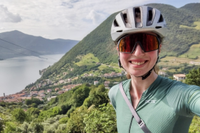
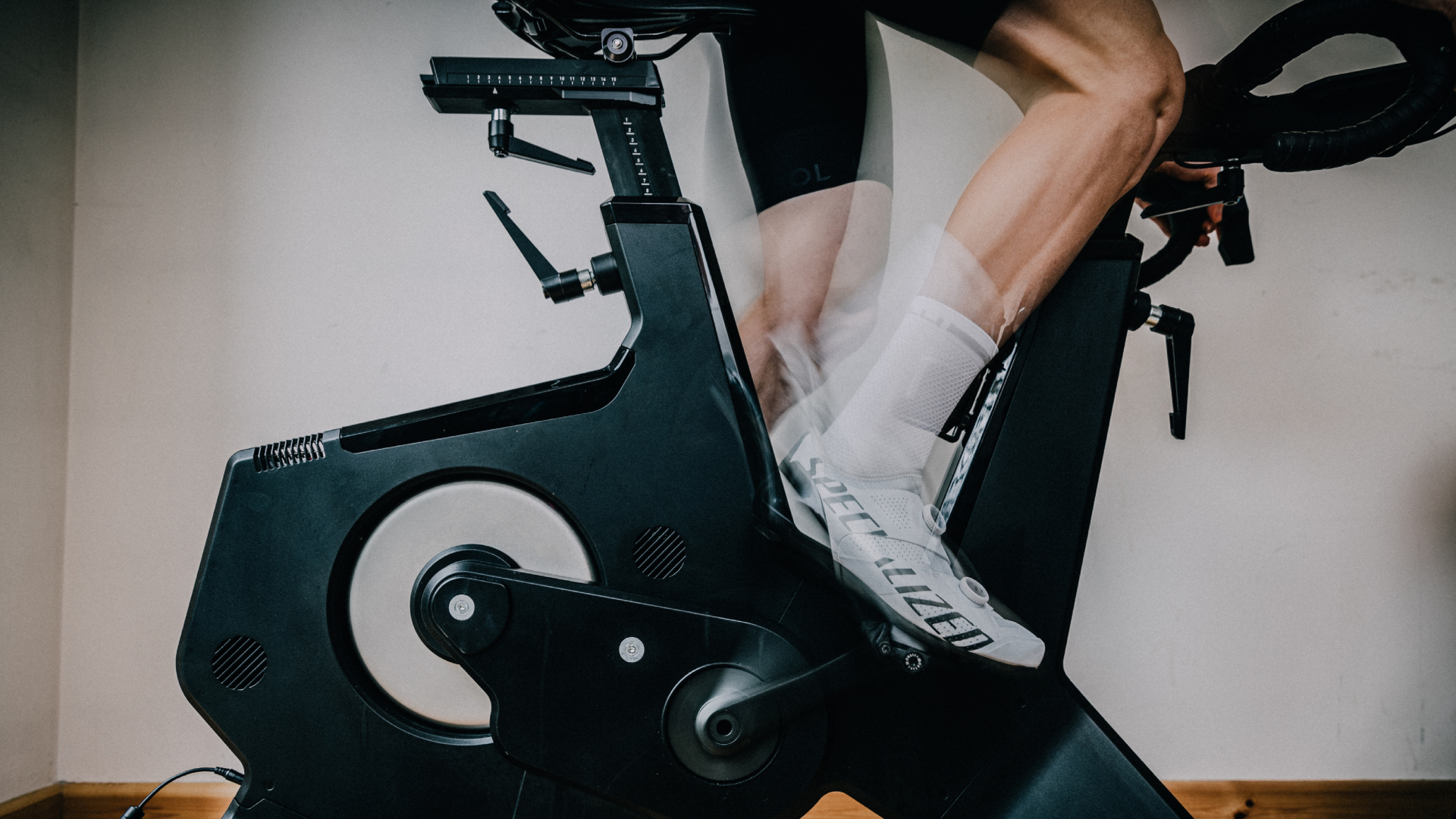
It might be something you haven’t really thought about – along with balancing and steering – since you first learnt to ride a bike, but the cycling cadence you ride at can have a significant effect on your cycling performance.
From peak power production to longer endurance efforts – even injury prevention – there are a lot of reasons to pay attention to the rate at which you turn the pedals. Plus, the training benefits of mixing up the RPM in your sessions might well surprise you.
There’s a lot more to this metric than you might at first have imagined – and a lot of potentially misleading studies too. So let’s dig into the details on all you need to know about the ideal cycling cadence and how to improve.
What is cadence in cycling?
Cadence is the rate at which a rider pedals and is measured in RPM – which is how many revolutions our pedals make per minute as you ride. For example, if you have a cadence of 60 RPM that means your right pedal will have made a complete revolution 60 times in one minute.
Real-time cycling cadence and average cadence are data fields you can select to appear on your cycling computer. Your device can receive this data from a few different equipment set ups.
The cheapest way to measure cadence is by getting a cadence sensor, many of which attach to the left side of the chainstay. A magnet is then attached to the crank arm, and the sensor tracks how many times this magnet passes by it. Some bikes come with one as part of the stock setup. Low to mid-range bikes from Giant’s road bike range are equipped with ‘RideSense’ for example.
Power meters measure cadence themselves, so no need to attach a cadence sensor if you already have one of these. By extension, the same goes for power sensing turbo trainers and smart bikes.
If you come from a strength-based sport such as rugby or rowing, you’re more likely to be comfortable riding at a lower cadence with high torque, whereas if you’re a lighter rider you’ll probably be wanting to spin an easier gear at a higher cadence.
The latest race content, interviews, features, reviews and expert buying guides, direct to your inbox!
“Power is what riders are looking to improve and that’s a combination of angular velocity, which would be cadence, and the overall torque, which is the force applied through the pedal,” Andy Turner of AT Performance explains.
A lower RPM requires high torque to develop the same power output as a high RPM with low torque - essentially there are different ways to produce a certain number of watts.
When we talk about cycling cadence, we’re thinking about what’s the most efficient way to produce the power that we’re looking for.
Pros and cons of a low cycling cadence
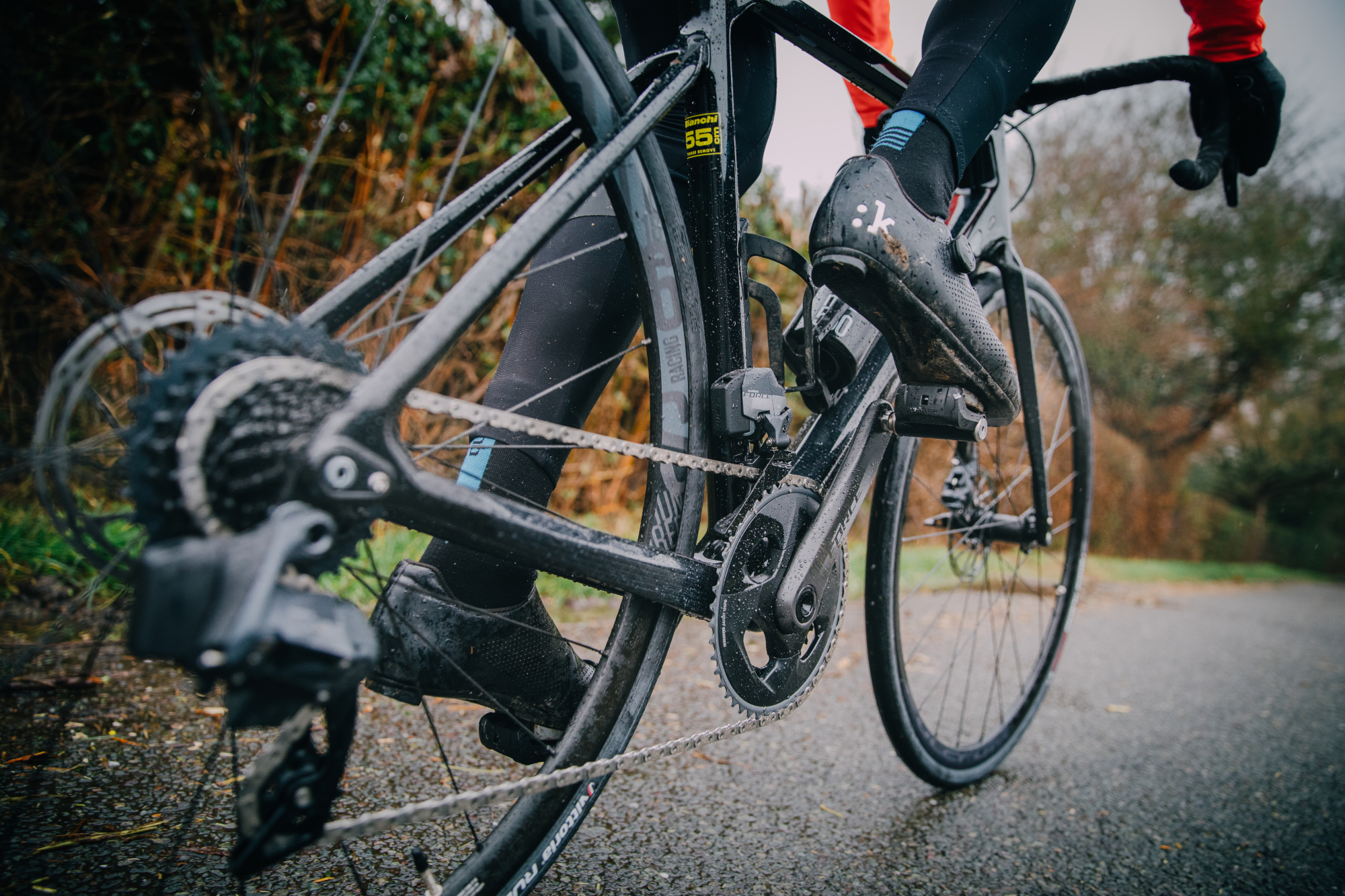
“A rider might be doing 300 watts at 90 RPM in a time trial, and what reduces isn't the capacity to hold the RPM, it's the capacity to maintain the torque - the force you’re pressing into the pedals - at that RPM,” Turner explains.
“Being able to generate more torque and maintain that for longer is what will help with prolonged performance, and increasing Functional Threshold Power or Critical Power.”
The benefit of riding with a low RPM and high torque is that you get better motor unit recruitment, with more neuromuscular pathways you're able to recruit more muscle fibres within the leg.
“If you're doing a maximal sprint, say around 80 per cent of the muscle fibres are working at maximal force, but some of them don't actually have a neurological link to be contracted to produce the force,” Turner points out.
“The motor unit activates several muscle fibres at a time, and by doing strength development work each unit can recruit more fibres - it effectively means that you can use more of the muscles that you have.”
The largest gains from strength training at the gym happen early on because of this motor unit recruitment.
Cycling at a low cycling cadence does put more strain on your muscles and joints though.
“If you’re riding with a lower RPM that means that every time you’re pushing the pedal through there’s a higher force going through your foot, ankles, knee and hip, and that’s the link to increased stress and injuries,” physiotherapist and bike fitter Bryan McCullough of The Bike The Body notes.
“There’s no clear evidence that lower cadence equals injury but it’s definitely associated with the development of front knee pain.”
At the same time, it's very good to train with low RPM to develop strength and force development. The key is to build up gradually.
Pros and cons of a high cycling cadence
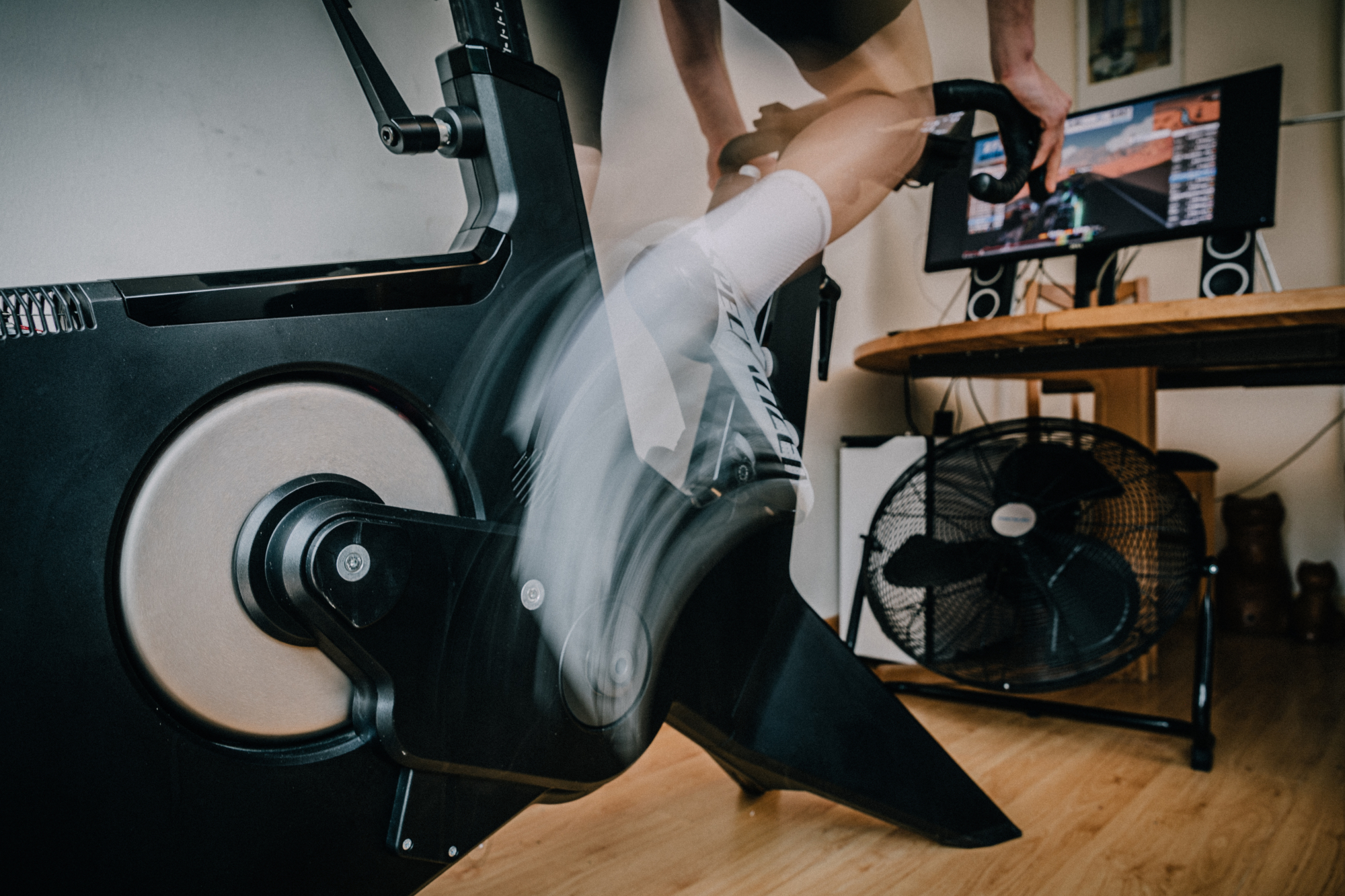
A higher RPM can be more effective for performing well at the end of longer events and for improving your cardiovascular system in training sessions.
“While a lot of studies have shown that lower RPM is more efficient, a slight issue with those studies is that they've generally looked at quite low power outputs and not taken into account some of the neuromuscular fatigue build up that you get from riding at higher torque levels, “ Turner points out.
And as you go into higher power outputs, a higher RPM can be more efficient.
“A time trialist such as Ganna is not far off from doing 500 watts for 20 minutes and he rides quite close to that 100 RPM in time trial events because, for him, that's more efficient,” Turner says. “He’s still generating huge torque, but he's combining that with the high RPM to produce an overall really high power output.”
A couple of studies have highlighted that riding at a higher RPM also helps with reducing something called muscle co-activation.
“When you push down on the pedal stroke, you're pushing down with your quads, but at the same time the hamstrings are actually offering resistive force against it if you're riding at a low RPM,” Turner explains. “Whereas at higher RPMs, that doesn't happen so much and so this results in a more efficient pedal stroke.”
Riding at a higher cycling cadence can be beneficial for completing a training session in the intended training zone as it pushes you towards using your cardiovascular system.
For this reason, a high RPM can be quite useful for eliciting a better V02 max response when doing efforts. “Quite often people find that when riding at low RPM, they have a lower heart rate because it's not as taxing on the cardiovascular system,” Turner points out. “So when they ride at high RPM, the heart rate often increases.
“For V02 max efforts, increasing cardiac output is actually what you want so I find high RPM efforts are quite a good way of getting that high cardiac output from people in training, and that can help with improved oxygen delivery to the muscles and also reducing fatigue at the end of longer rides,” Turner says.
Riding at a higher cadence is also something to be thinking about when you’re racing. “If you’re cruising along in the bunch waiting for the next move to go, it’s better to be riding at a slightly higher RPM,” Turner recommends. “If not, you waste time getting up to speed because your acceleration isn’t going to be as quick.”
If you’re in a road race - which tends to be quite a long event - riding at this high RPM for responding to attacks will also help with avoiding the end-of-the-race fatigue build up that you could have suffered with if riding at a low cadence for most of the race.
But riding at a high cycling cadence is only useful if you’re smoothly executing these fast pedal strokes. If you’re riding at too fast a cadence you may find that you’re bouncing on the saddle and this results in a lower pedalling efficiency. This is where working on developing your pedalling fluidity and perfecting your pedalling technique (which we’ll come onto later) can help.
Pedalling at a high cycling cadence is also not ideal if you are sticking in an easy gear.
Researchers in one study found that the ratio between oxygen delivered to muscles in your thighs and the oxygen that they take up simply is too low when you keep a high cadence - if you are in a relatively low gear.
For riders with experience this is not a problem because they tend to change up through the gears until comfortable with the higher intensity of exercise at their preferred cadence.
But novices and recreational cyclists sometimes stay in a low gear and spin quickly, even though the overall intensity of their exercise is relatively moderate.
What is a good average cadence for cycling?
The ideal cadence will vary from rider to rider, and it also depends a lot on what you’re doing.
If you’re looking to improve your V02 max response in a training session or your focus is to perform well at the end of a race, then adopting a high cadence in those scenarios would be better.
“Most studies have found that 60 RPM is the most efficient. But when you look into it it’s generally in quite untrained people, and at a very low power for most people because they tend to do an average power and put that as the same for all participants, rather than a percentage of, say, their threshold power,” Turner points out.
Generally, the lower the intensity, the lower RPM is the more efficient one, but it also depends on what you’re doing. When working at higher intensities, threshold and beyond, Turner says that around 90 RPM is going to be more efficient.
“A lower RPM can be more efficient at that time, but then, say, you need to perform at a higher capacity at the end of the ride, you might experience more muscle fatigue if you’ve been at too low an RPM,” Turner points out.
As a high cadence does shift the training load onto your cardiovascular system you may find it harder to maintain if your fitness is lacking in this area. But equally, that’s a reason to spend time at the higher RPM to develop this side of your fitness.
So, if you’re doing endurance riding, aim for around 80 to 90 RPM.
If you’re doing specific high torque workouts for developing strength then Turner recommends riding at between 50 and 60 RPM. But he caveats this saying that those who are cycling into their 40s, 50s and beyond shouldn’t grind it quite as much because bone mineral density is declining, and should instead slow it back to around 70 RPM.
How to improve your cycling cadence
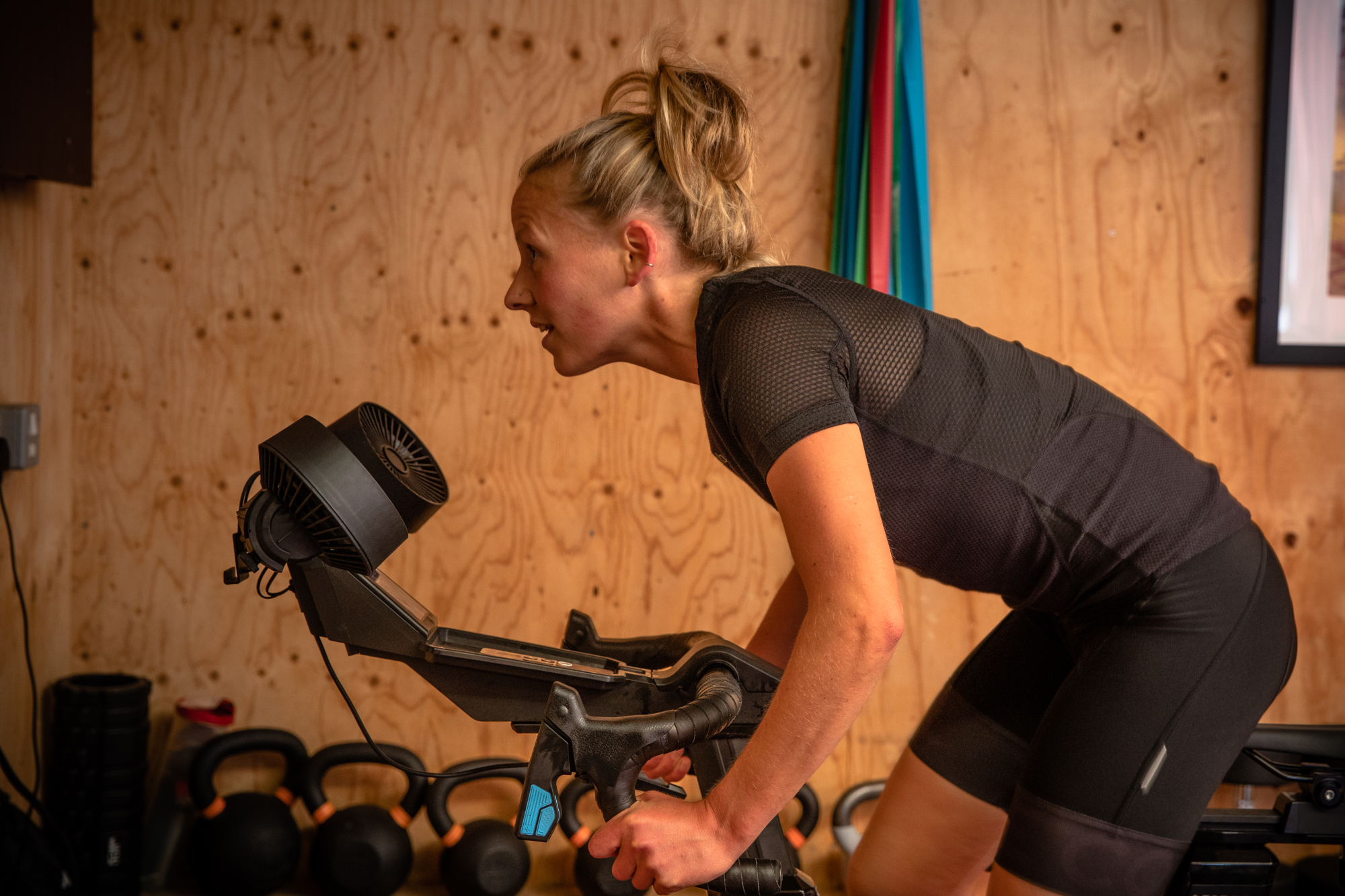
It is beneficial to vary your cycling cadence in training sessions to improve your pedalling technique, work on specific training adaptations and to get comfortable at riding at the lower and higher ends of the cadence spectrum so you can easily adapt your cadence depending on the situation.
Riding at lower cadences will help you develop your strength, while working on your pedalling smoothness as you hit higher RPMs will enable you to pedal sustainably at this top end.
Improving pedalling smoothness at higher cycling cadences
If you’re a rider who finds you’re always grinding it with a low cadence, ‘rev outs’ is a session which Turner recommends for getting more comfortable with higher cadences. For this workout, find a flat section of road, shift into your smallest gear possible and spin up as quickly as you can.
“Initially you’ll probably find that you bounce up and down on the saddle quite a lot, but as you get better at it, you’ll find you become smoother and can generate a higher RPM,” says Turner.
As well as doing these short and sharp spin outs, you can also work at riding at a higher cadence within longer intervals. “Ride five to 10 minutes tempo blocks where you are really focussed on keeping your cadence between 100 and 110 RPM,” Turner suggests.
Developing strength at lower cadences
To develop your strength at low cadence, you’re going to want to be at a low cadence compared to the high power you’ll be outputting.
“Find a flat section of road, slow down to a walking pace - so not quite a standing start, but maybe you’re having to turn the handlebars a bit to stop yourself wobbling over - and then in the biggest gear, staying seated and without pulling on the bars too much with your arms, just really focus on driving down with each pedal stroke for 60 seconds,” Turner recommends.
Alternatively, Turner suggests doing 10 minute blocks at around tempo pace in a gear that lets you ride at around 60 to 70 RPM.
With low cadence drills, it’s better to start at a higher cadence and then work your way down.
“If you start straightaway at, say, 40 to 50 RPM, you can get pain at the front of the knee,” Turner warns. “When I prescribe riders low cadence efforts, I’ll start with 70 RPM and then when they get better at dealing with that torque load, decreasing the RPM or increasing the power output.
Ideal cycling cadence: Indoors versus outdoors
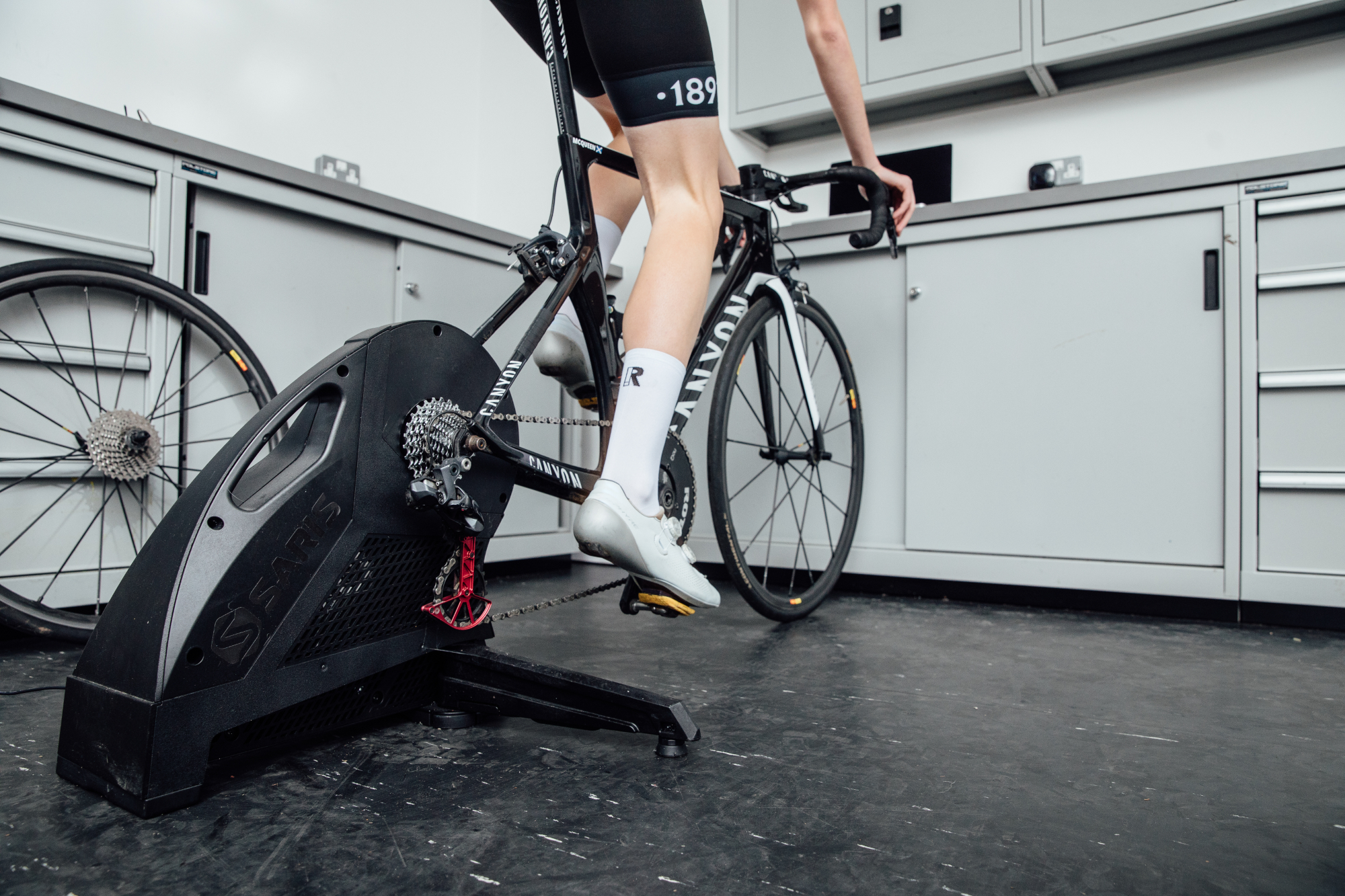
Indoor cycling sessions can also be a useful environment for focusing on your cadence as you don’t have any other distractions, there’s no potholes to dodge or traffic to be aware of.
“On indoor training apps such as Zwift, you ride on the virtual roads without the difficulty on [which adjusts the resistance to mimic climbs], and so you can just put it in whatever gear you fancy, and ride at the same RPM or whichever cadence you prefer, throughout the whole session.”
Average cadences also tend to be higher indoors than outdoors, so don’t compare the two.
“I very rarely end up out of the saddle when I’m on the turbo trainer,” Turner notes, “if you’re out of the saddle you’ll generally be at a lower RPM just practicality wise.”
“If you’re riding outdoors there will also be periods where you’re coasting and your pedalling will vary quite a bit with stop starting at junctions, and I think people will probably spend more time generally riding at higher RPMs indoors - it’s just a bit easier to do so.
How does crank length affect cycling cadence?
“Shorter cranks will take less time to complete a full circle for the same given power,” physiotherapist McCullough explains. “And as such, as you shorten the crank, you will tend to pedal in a slightly higher cadence if you were to maintain the same power.”
If we hold all other variables, a change in crank length will see an increase in cycling cadence, and that will potentially decrease the stresses on the joints.
But for McCullough, crank length is a more interesting bike fit parameter to change if somebody is trying to avoid a hip injury - shorter cranks can help with reducing the amount of pressure over the top of the pedal stroke for your hip and can also help with getting down into a more aerodynamic position on the bike.
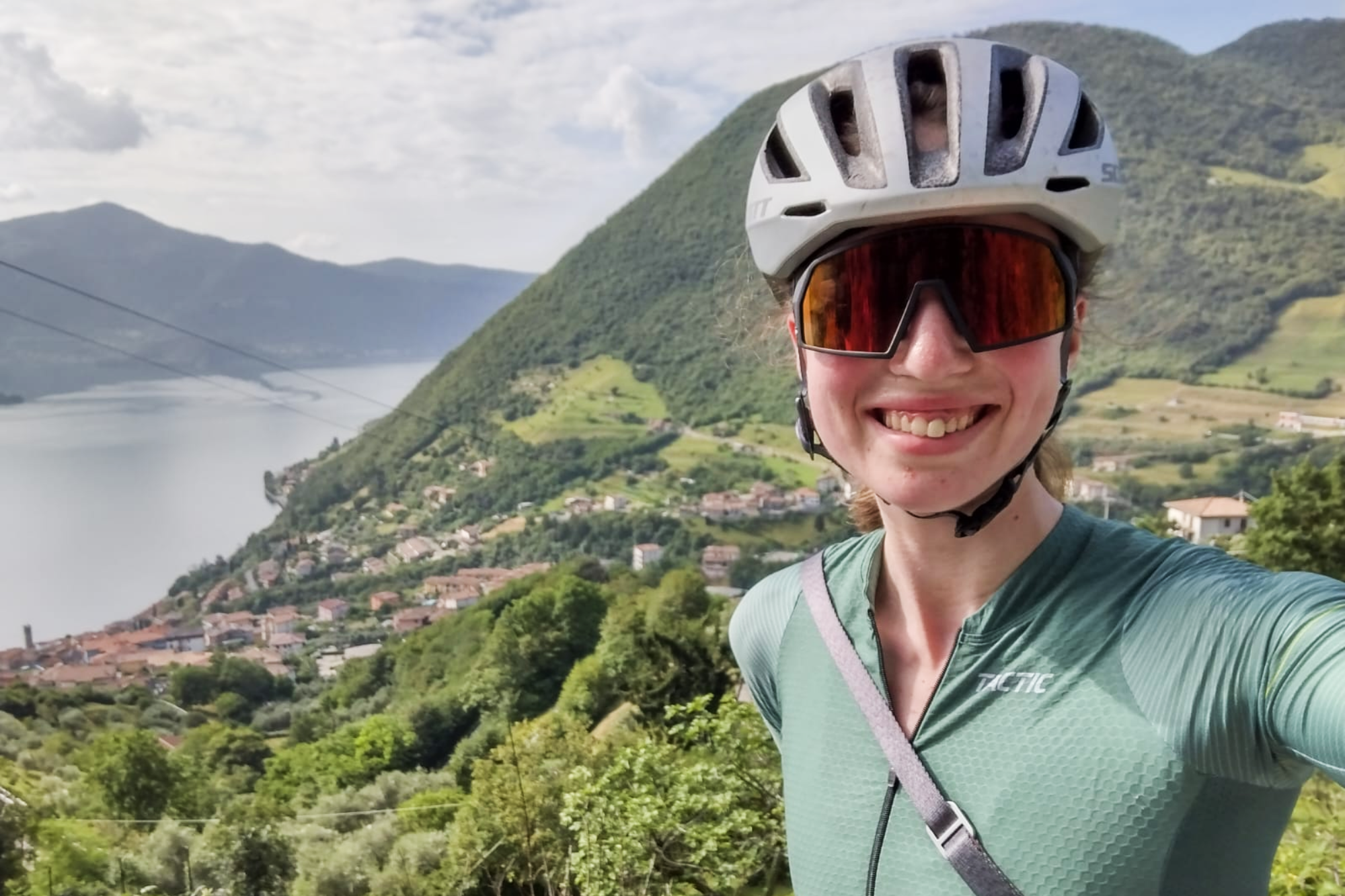
I’ve been hooked on bikes ever since the age of 12 and my first lap of the Hillingdon Cycle Circuit in the bright yellow kit of the Hillingdon Slipstreamers. For a time, my cycling life centred around racing road and track.
But that’s since broadened to include multiday two-wheeled, one-sleeping-bag adventures over whatever terrain I happen to meet - with a two-week bikepacking trip from Budapest into the mountains of Slovakia being just the latest.
I still enjoy lining up on a start line, though, racing the British Gravel Championships and finding myself on the podium at the enduro-style gravel event, Gritfest in 2022.
Height: 177cm
Weight: 60–63kg